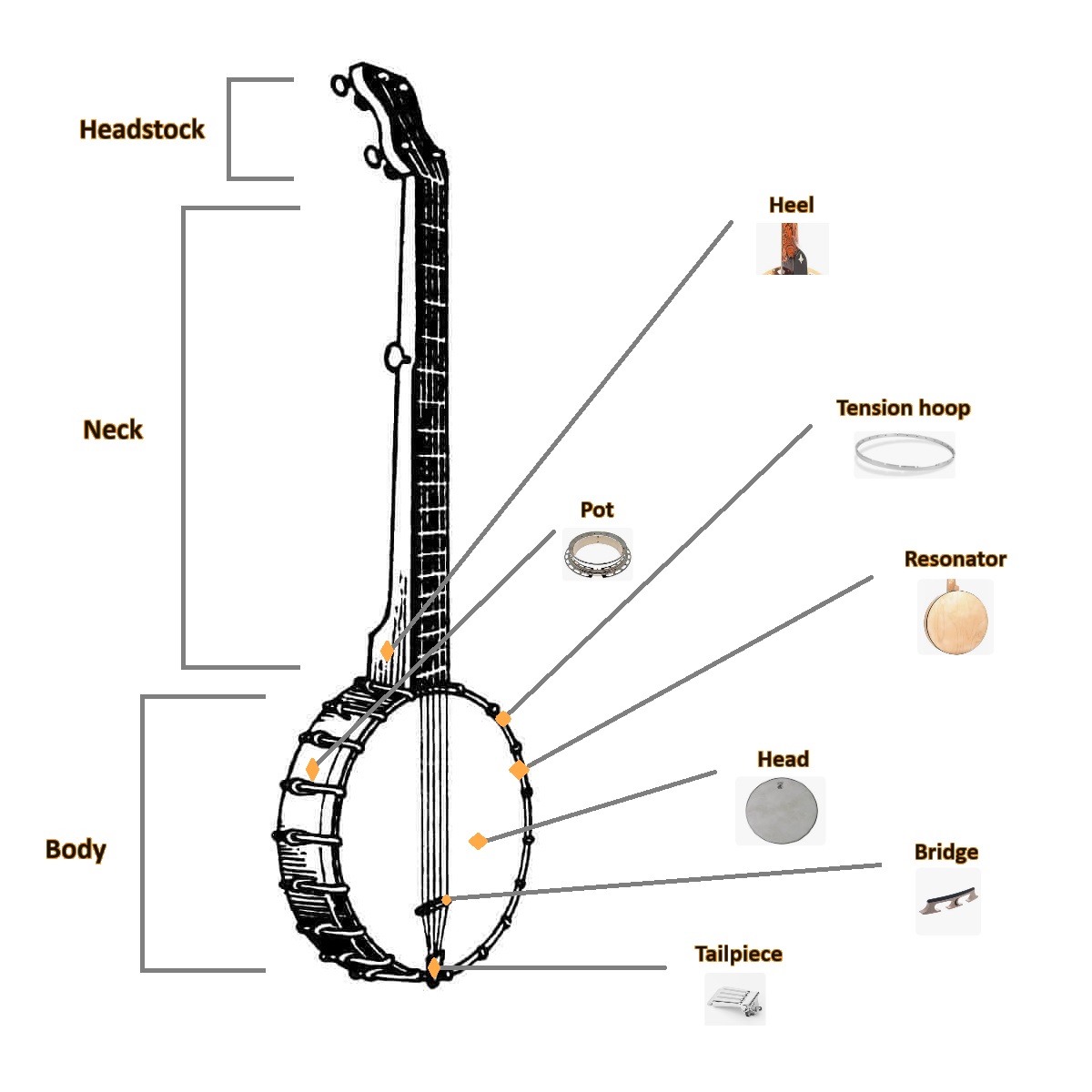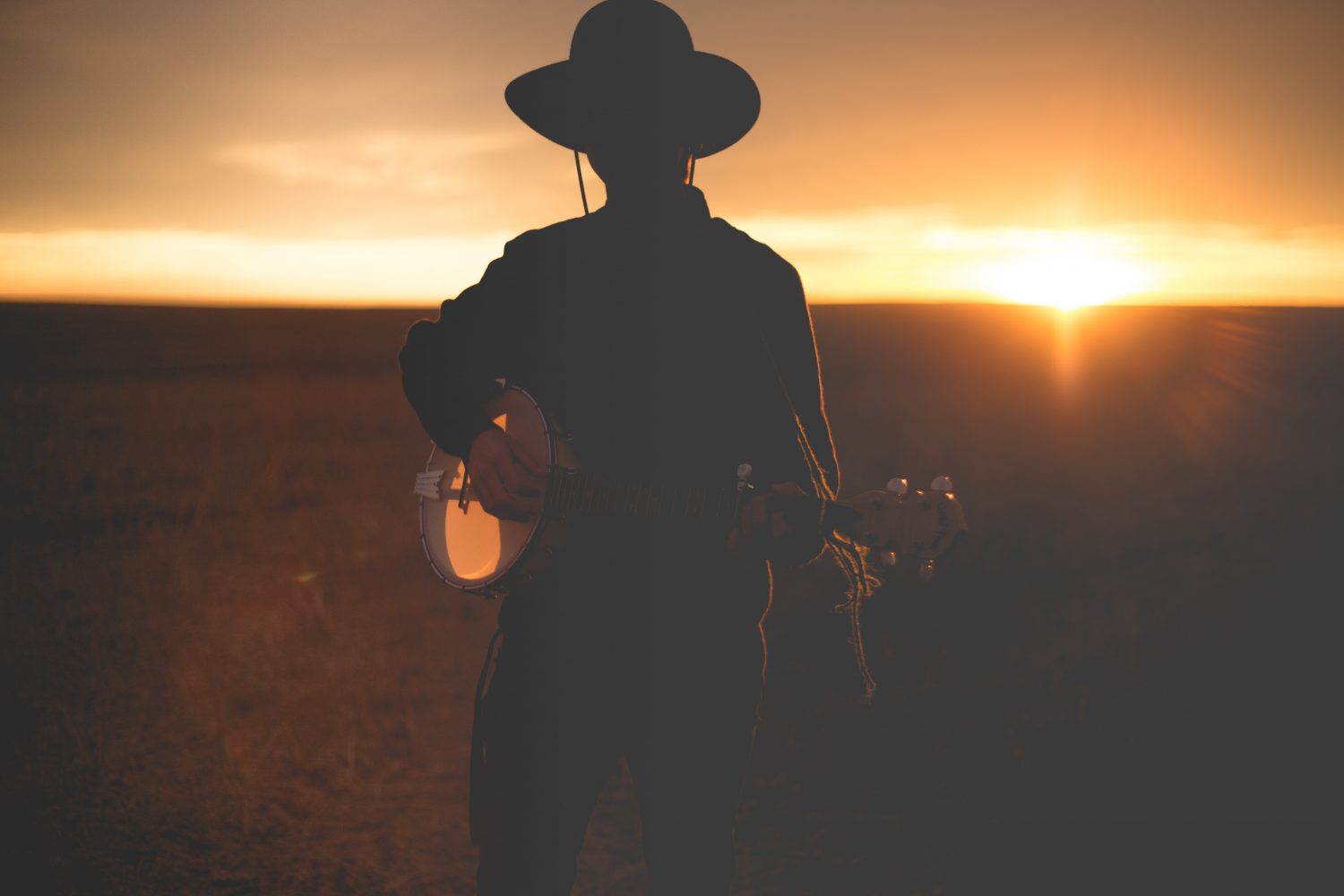5 Facts You Need to Know About Banjos
Did you know that the banjo instrument actually comes in various shapes and sizes? Not only that, but banjos can have different string numbers, weights, body materials, and more! Knowing about banjos is the first step to take toward making a correct purchasing decision and educate yourself about this beautiful instrument. If you are just starting out with banjo make sure to keep it till the end as we will be covering every banjo fact.
The History and Heritage of the Banjo
Who invented the banjo? Where do banjos come from? What defines a banjo, anyway?
Well, banjos are stringed instruments that have a thin membrane stretched over a resonation frame. The membrane is the circular part of a banjo.
These days, this membrane will be made of plastic. However, in the old days, resonator membranes were actually made of animal hide!
In the early days, banjos were first played by African Americans in the United States. They were adapted from African instruments of a similar shape and style. Today, the banjo is associated with folk, country, and indie music.
Famous bands who’ve been known to add in banjos include The Eagles, Led Zeppelin, and Mumford & Sons.
The Banjo’s Beginning
Since the 17th century, instruments that resemble banjos have been seen in the United States. Specifically, the banjo was known to be played in the Antebellum South. In many cases, banjos were made using gourds and animal skins.
In the 1830s, a man named Joel Walker Sweeny was one of the first minstrels to play the banjo on stage. Later, Sweeny partnered with a drum maker by the name of William Boucher. The two men began producing banjos for sale as Sweeny played in shows across the country.
By 1831, the banjo was fitted with a wooden sound box in place of a gourd and given that signature fifth top string. Before long, the banjo gained commercial popularity and by the 1840s, it was even seen overseas in England.
Evolution and Modern Banjo Music
In its earliest days, banjos were most often seen on stage in minstrel shows, Wild-West shows, and medicine shows. Then, during the Civil War, soldiers began picking up the instrument. By 1868, a banjo craze had started that made these instruments a permanent part of American culture.
Over the years, many styles of banjos were created and different playing methods were introduced. From the classical period to the ragtime era, banjos evolved and changed. By the modern era which began after World War 2, banjos were played in Folk, Bluegrass, Jazz, Celtic, and Blues styles. Today, the modern banjo comes in various forms, including five-string and four-string variants.
The Anatomy of the Banjo

To help you understand this instrument and select the best banjos, let’s quickly discuss banjo anatomy. Banjos can be fitted with four or five strings. Every banjo has a tension hoop, head, tailpiece, bridge, resonator, neck, heel, and pot. Banjos also have tuning pegs, frets, four or five strings, and bracket hooks.
Finally, banjos may have a fifth string with its own tuning peg. The pot of a banjo is the drum-like body portion that resonates to make that amazing folkish sound. The strings follow the neck to the tuning pegs, providing tension and allowing you to make sweet music.
You can view more about the banjo parts on the image.
Types of Banjos
Banjos can come with different numbers of strings, in different sizes, and in various styles. Let’s discuss a few of the most popular kinds of banjos so that you’ll have a better idea of what’s available.
Electric and Acoustic Banjos
For the most part, banjos are acoustic instruments. Their pots are what allow them to make those signature resonating twangs. Electric banjos use modern technology to amplify their acoustic sound. Most electric banjos have head pickups that can take their string sound and amplify it to essentially any volume.
Almost any acoustic banjo can be converted into an electric instrument by adding a pickup. Therefore, it’s smart to learn on an acoustic banjo to start off. You could always buy an acoustic pickup or have a head pickup installed later.
Best Beginner Banjo Style: Five-String Banjos
|
Four-String Banjos
Six and Twelve String Banjos
There are also six-string and twelve-string banjos available. These instruments let players create even more rhythmic folk fun! However, we’ll skip these more complex instruments for now.
Shorter Parlor Banjos
Parlor Banjos have five strings and are slightly shorter than standard five-string banjos. They only have 19 frets and are easier for children or people of smaller stature to play. As such, a parlor banjo would be one of the best banjo options for kids.
Full-Size Long Neck Banjos
The biggest five-string banjo, long neck banjos have 25 frets and have a slightly lower sound than other banjos. They’re very fun to play, but might be a better choice for more advanced players.
Banjo Hybrids
There are also a few banjo hybrids that can be extremely fun to play. These banjo hybrids can be mixed with mandolins, guitars, and even the bass.
|
Conclusion
Banjos are great instruments and have a huge history behind them that relates to American culture and history. These instruments can produce some really great sounds depending on the type of each banjo.












